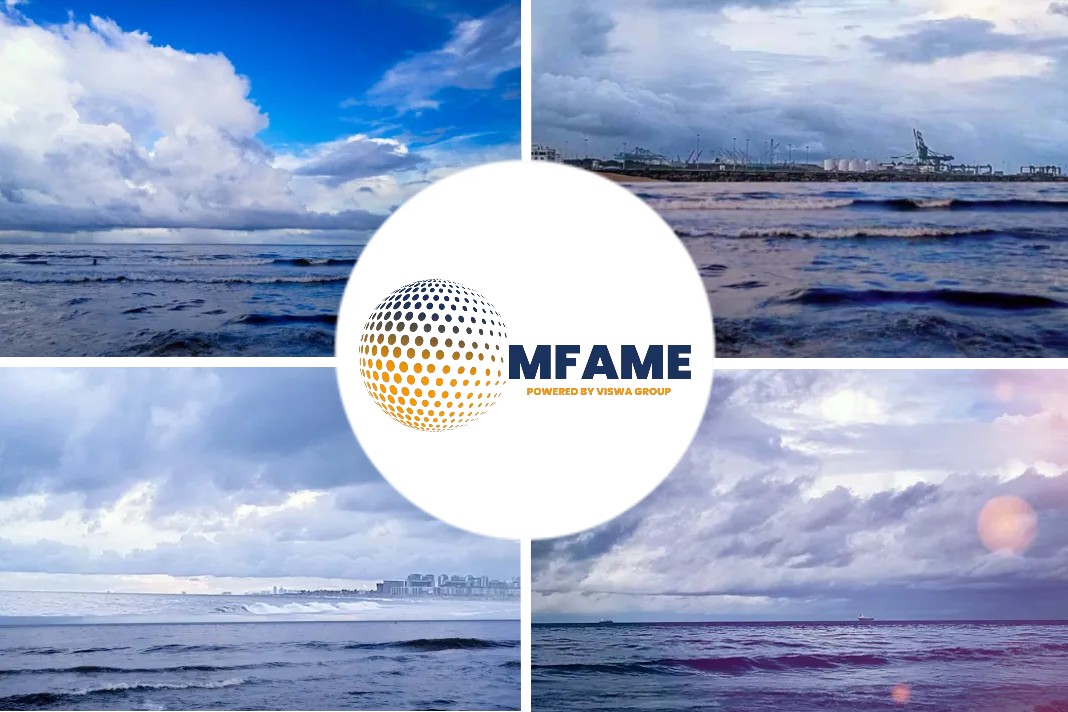Japan’s three energy companies — JERA, Tokyo Gas and Inpex — plan to join what could become the world’s largest carbon dioxide capture and storage project in Australia, Nikkei has learned, with their total investment expected to reach as much as 100 billion yen ($748 million), says an article published in Nikkei Asia.
Processes to bury Co2 emission
The companies are turning to the project to bury carbon dioxide emitted during the production of liquefied natural gas, hoping to transport CO2 from Japan by sea for disposal in Australia.
Australian oil and gas company Santos is leading the project in the north of the country. JERA is a joint venture between Tokyo Electric Power Co. Holdings and Chubu Electric Power.
Three processes are required to bury carbon dioxide emitted by resource development: CO2 capture, transportation and storage. This technology chain, often referred to as CCS, is seen by some as a powerful tool in the push to curb greenhouse gas emissions to zero by 2050 — a goal set by Japan, the U.S., European nations and some other countries.
It is necessary to store just over 5 billion tons of CO2 per year to achieve that target. However, current storage capacity is roughly 150 million tons per year, with the amount of carbon dioxide actually stored each year coming in at around 40 million tons.
CCS project planning
The planned CCS plant in northern Australia could store up to 10 million tons of carbon dioxide a year, aiming for operation around 2025. It is expected to be one of the largest CCS bases in the world, accounting for the equivalent of 25% of the total storage capacity of CCS facilities that are working globally.
Japanese trading house Mitsubishi Corp. and Mitsui & Co. are planning CCS projects in the U.S., although these will only be able to store up to 2 million tons. Major electricity and gas providers’ participation in one of the world’s largest CCS projects is likely to further accelerate the move toward decarbonization.
Offshore gas fields near Darwin in northern Australia are expected to run dry within a few years, with the new project aiming to store CO2 there. The project will handle carbon dioxide transported from another nearby gas field, as well as considering the capture of CO2 emitted from Japanese factories and power plants.
Processing Co2 at the CCS base
Companies and power plants need to pay processing costs to the CCS company when they transport CO2 by sea. JERA and Tokyo Gas will calculate the cost of transporting CO2 emitted from their own power plants and LNG terminals, and determine whether they can commercialize the project. If so, they will ask other Japanese companies to join them.
It is estimated that the cost to process 1 ton of CO2 at the CCS base is about 8,000 to 10,000 yen, including around 1,000 yen in transportation. Although transporting CO2 by pipeline is the current norm, shipping is cheaper when the CO2 collection sites are 100 to 200 kilometers away from a storage point. Using ships is also more efficient when collecting CO2 from multiple locations.
Competitiveness in carbon credit
Based on EU regulations in the Emissions Trading System, the price of a carbon credit has been hovering around 80 euros ($85) per ton since the beginning of 2022, in some cases exceeding the cost of the CCS. As such, it is necessary to improve the efficiency of CO2 separation and capture process which accounts for approximately 70% of the cost, to lift its competitiveness.
Japan’s Mitsubishi Heavy Industries is one of the companies that are improving their technologies in an attempt to halve the cost of capture process within a few years.
Under the London Convention, which regulates the dumping of waste at sea, an amendment was adopted in 2009 to allow overseas exports of CO2 for the purpose of storage. However, the amendment has not yet come into effect. The Basel Convention, which regulates the movement of waste across nations, does not cover the transfer of CO2.
Opportunity to carry Co2
The transportation of CO2 remains an issue, since it is too huge in gas form to be transported in large volumes. To transport CO2 by sea, it needs to be liquefied under high pressure to reduce its volume. JERA is eyeing the development of dedicated ships for CCS, and Japanese shipping companies are also moving to build such vessels. Transporting CO2 from Japan will open up opportunities to carry it from Southeast Asia and India.
Mitsubishi Shipbuilding, a unit of Mitsubishi Heavy Industries, and Japanese shipper Nippon Yusen announced that they will jointly develop a large ship to carry liquefied CO2 in November. Mitsui O.S.K. Lines is also considering a joint development of liquefied CO2 carriers with Malaysian state oil giant Petronas, while investing in Norway-based Larvik Shipping, aiming to start transportation by 2024.
The CCS projects
There were 135 CCS projects in development worldwide as of last year, around double the number 20 years ago, according to the Australia-based Global CCS Institute.
Over the last few years, governments have provided more subsidies to CCS projects, making it easier for companies to break even and leading to a rise in the number of projects. The project led by Santos is also expected to be subsidized by the Australian government.
Did you subscribe to our daily Newsletter?
It’s Free! Click here to Subscribe
Source: Nikkei Asia






















